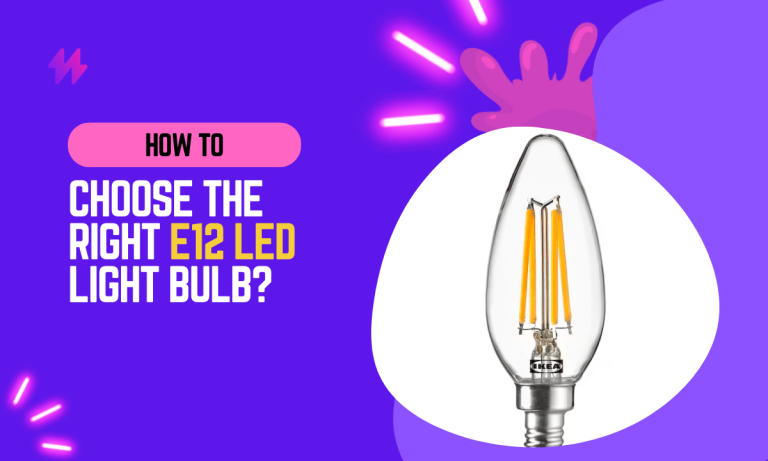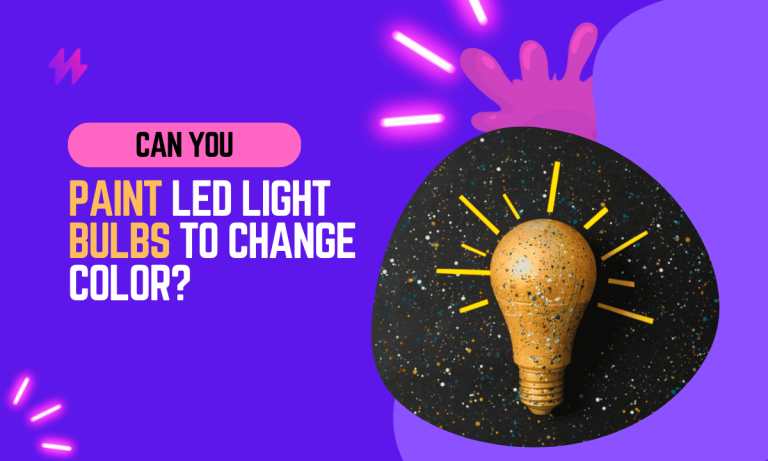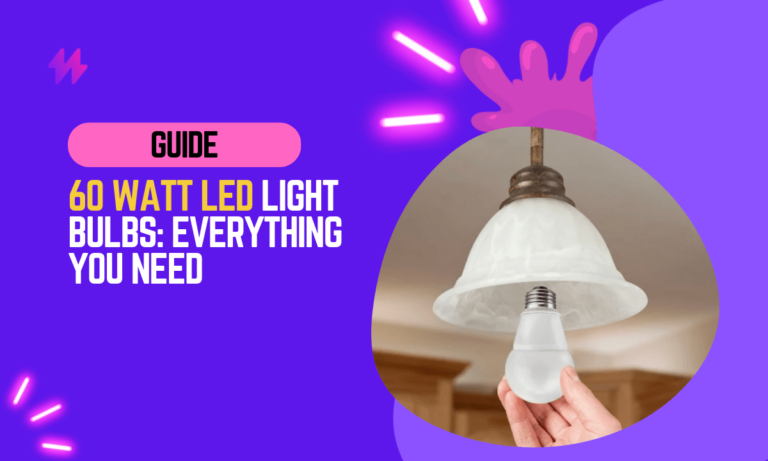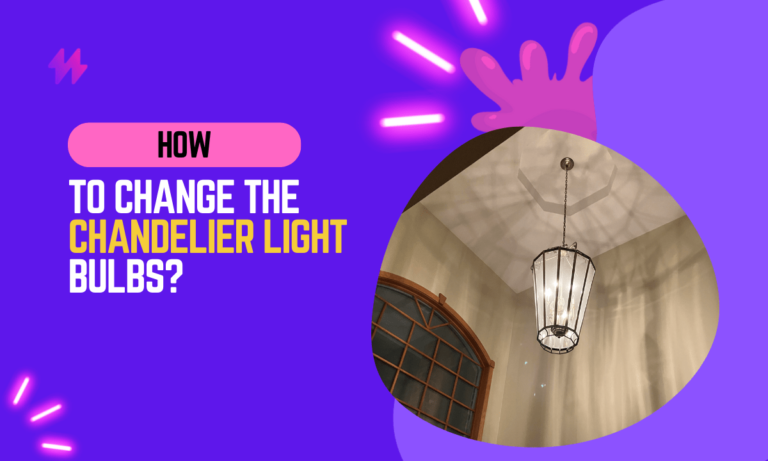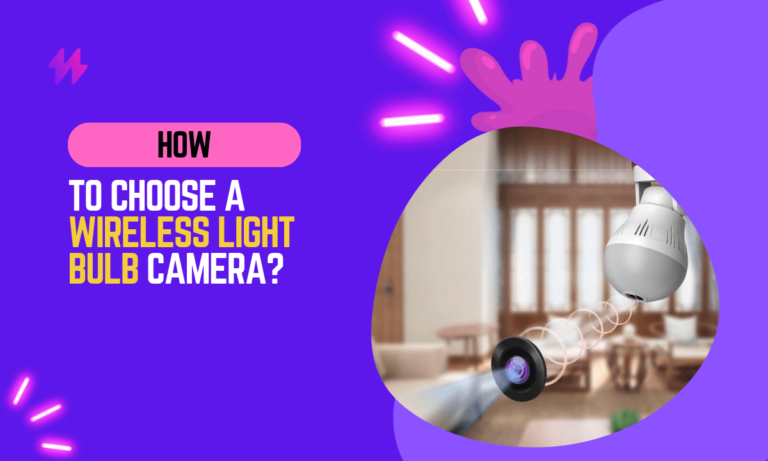The Best Light Bulbs for Indoor Plants
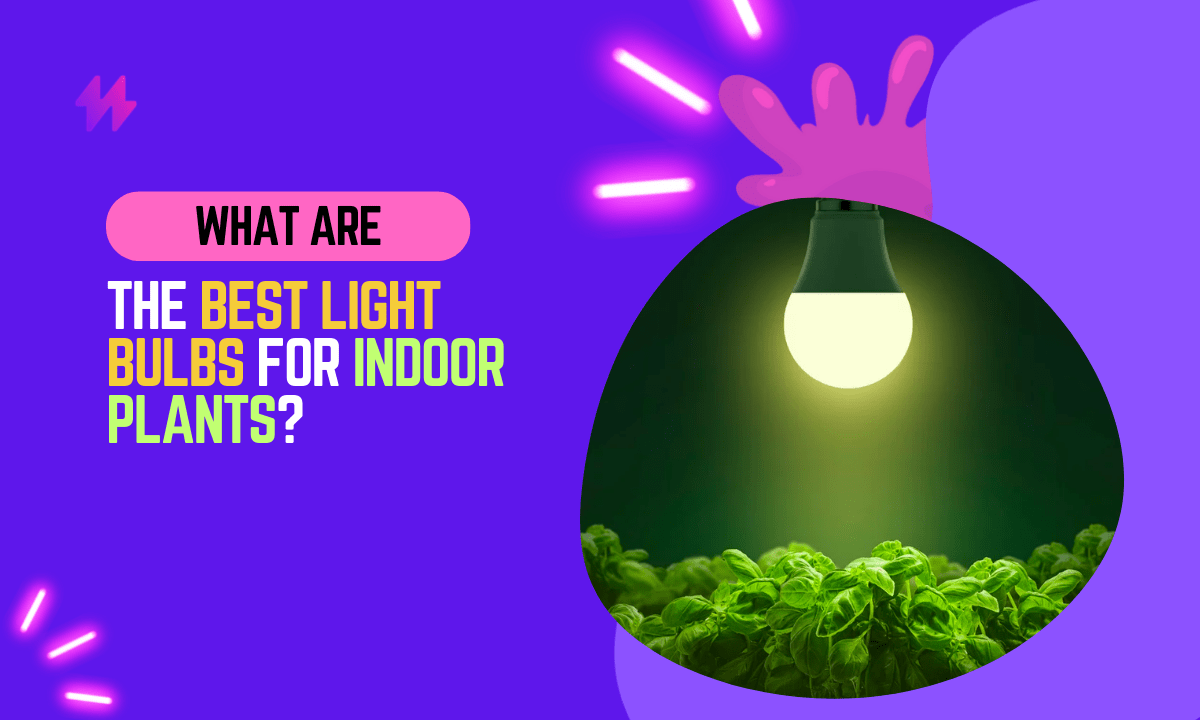
Do you have trouble growing plants indoors? If so, you’re not alone. Many people find it difficult to create the right conditions for plants to thrive indoors. One of the most important factors is lighting.
Indoor plants need a lot of light to grow properly. But not just any light will do. Plants need light that is bright enough and has the right spectrum of wavelengths.
Traditional incandescent light bulbs are not a good choice for growing plants indoors. They produce a lot of heat, which can damage plants. They also emit a lot of light in the red and orange wavelengths, which is not ideal for plant growth, you can read our detailed blog on best light for plan growth.
LED lights are a much better option for growing plants indoors. They produce very little heat, so they don’t damage plants. And they emit a wider spectrum of light, which is more beneficial for plant growth.
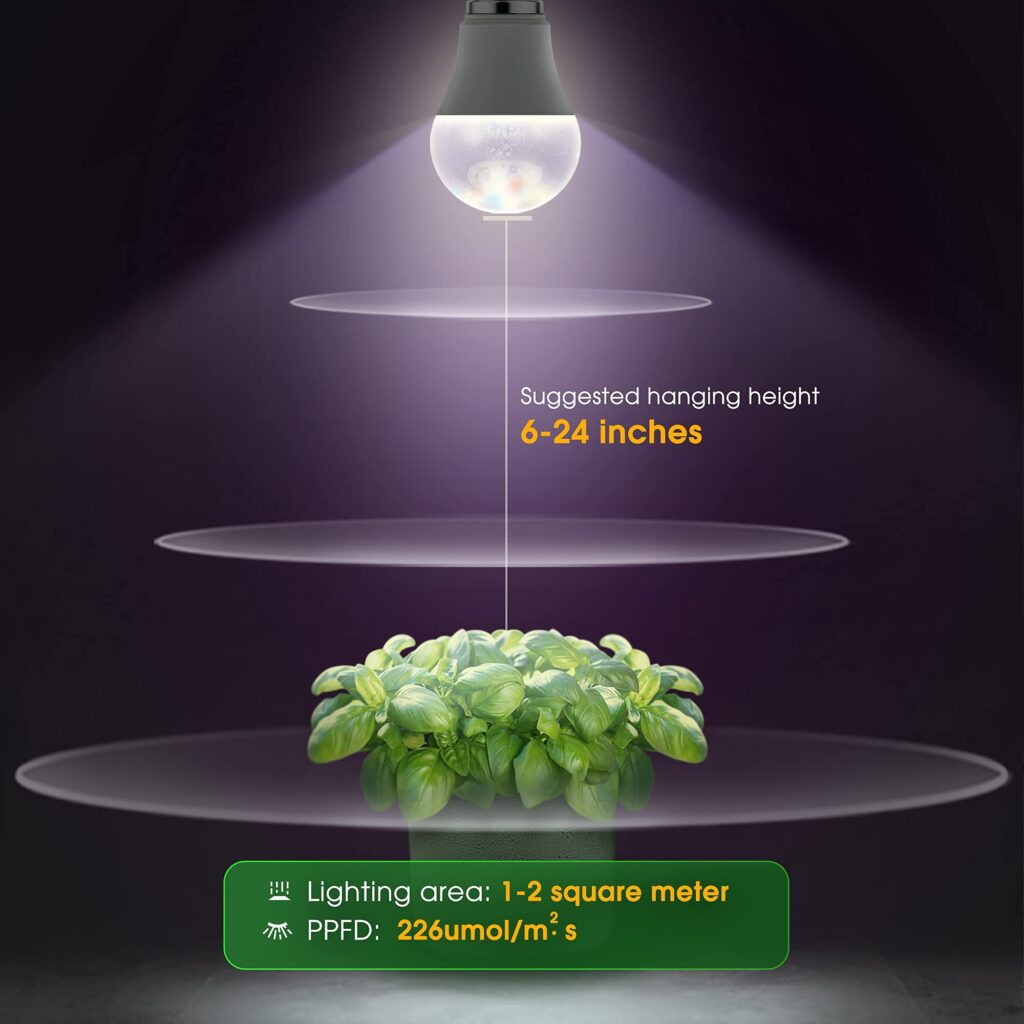
I have been working with LED lights for over 10 years. I have helped hundreds of people grow beautiful plants indoors. I know what it takes to create the perfect environment for plants to thrive. I am passionate about helping people grow plants. I believe that everyone should have the opportunity to enjoy the beauty and benefits of plants, regardless of where they live.
If you are looking for a solution to your indoor plant problems, you have come to the right place. In this blog, I will share my tips and tricks for growing beautiful plants indoors.
I will cover everything from choosing the right light bulbs to watering and fertilizing your plants. I will also provide you with a step-by-step guide to starting your own indoor garden.
So if you’re ready to start growing beautiful plants indoors, be sure to check out my blog. I promise you won’t be disappointed.
Light Bulb for Indoor Plants
Indoor plants can add a touch of life and greenery to any home, but they can also be a challenge to keep alive. One of the most important factors for growing healthy indoor plants is providing them with the right amount of light.
While natural sunlight is ideal, it’s not always possible to provide enough light for indoor plants, especially during the winter months. This is where artificial lighting comes in.
There are a number of different types of light bulbs that can be used to grow indoor plants, each with its own advantages and disadvantages. In this article, we’ll discuss the different types of light bulbs available and help you choose the best one for your indoor plants.
Types of Light Bulbs for Indoor Plants
The three main types of light bulbs that are commonly used for growing indoor plants are incandescent bulbs, fluorescent bulbs, and LED bulbs.
- Incandescent bulbs are the most common type of light bulb and are relatively inexpensive. However, they are also the least efficient type of light bulb, meaning that they produce a lot of heat and waste energy.
- Fluorescent bulbs are more efficient than incandescent bulbs and produce less heat. However, they can also be more expensive.
- LED bulbs are the most efficient type of light bulb and produce very little heat. They are also the most expensive type of light bulb, but they can last for many years.
Choosing the Right Light Bulb for Your Indoor Plants
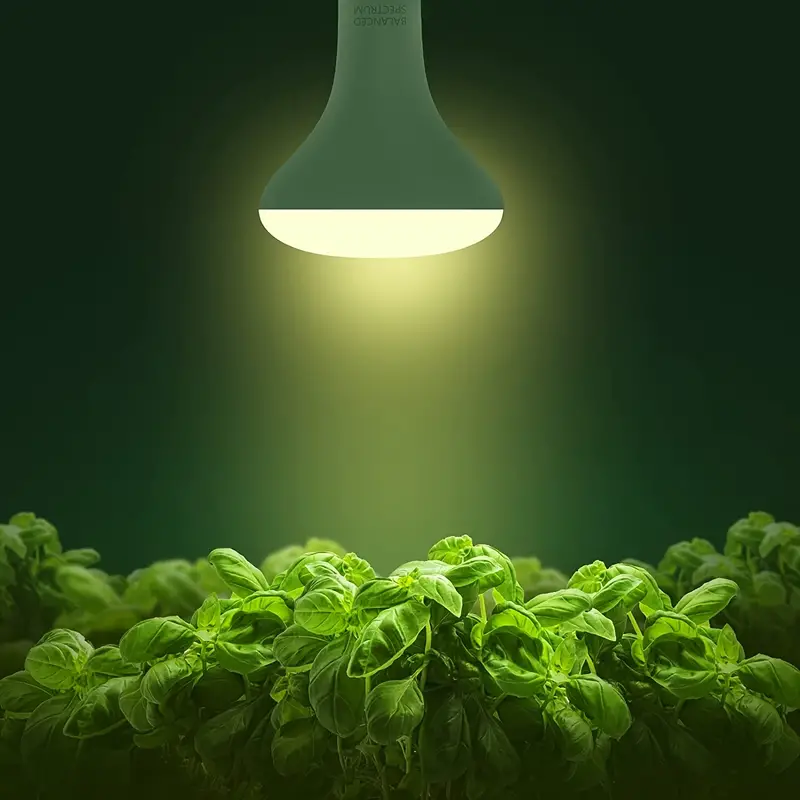
When choosing a light bulb for your indoor plants, you need to consider a few factors, including the type of plant, the amount of light the plant needs, and your budget.
- Type of plant: Some plants need more light than others. For example, succulents and cacti can tolerate low-light conditions, while flowering plants and leafy greens need more light.
- Amount of light: The amount of light a plant needs is measured in foot-candles. A foot-candle is a unit of illuminance that measures the amount of light that falls on a surface from a single candle placed one foot away.
- Your budget: The cost of a light bulb will vary depending on the type of bulb and the wattage.
How to Use Light Bulbs for Indoor Plants
Once you’ve chosen the right light bulb for your indoor plants, you need to know how to use it properly.
- Place the light bulb in a position where it will provide the most light to your plants. For example, if you have a south-facing window, you can place the light bulb on a table near the window.
- Adjust the height of the light bulb so that it is about 12 inches above the tops of your plants. This will help to ensure that the plants receive the right amount of light.
- Turn on the light bulb for 12-16 hours per day. This is the amount of time that most plants need to receive in order to thrive.
Troubleshooting Tips
If your indoor plants are not thriving, even though you are using the right type of light bulb, there may be a few things that you can do to troubleshoot the problem.
- Check the light bulb to make sure that it is working properly: The light bulb should be emitting a bright, white light. If the light bulb is dim or flickering, it is not providing enough light for your plants.
- Check the position of the light bulb: The light bulb should be placed in a position where it will provide the most light to your plants. If the light bulb is too far away from the plants, they will not receive enough light.
- Adjust the height of the light bulb: The light bulb should be about 12 inches above the tops of your plants. If the light bulb is too high, the plants will not receive enough light.
- Increase the amount of time that the light bulb is on: Most plants need to receive 12-16 hours of light per day. If your plants are not thriving, you may need to increase the amount of time that the light bulb is on.
FAQs
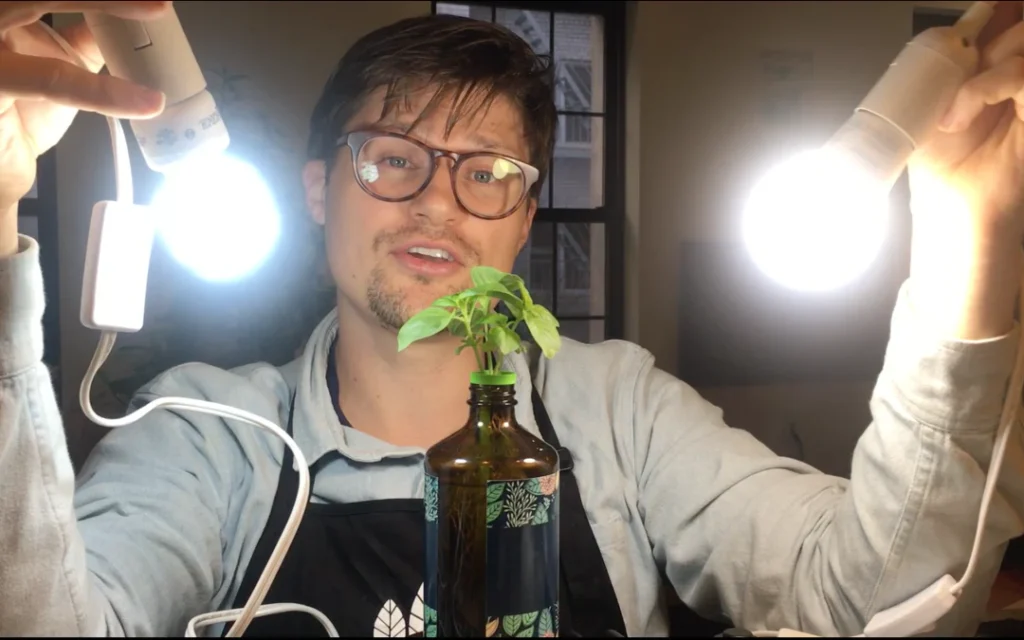
Below you can find the most widely asked questions on the best light bulbs for indoor plants
What are the benefits of using a LED light bulbs for indoor plants?
- Improved plant growth and development: Light bulbs provide plants with the light they need to photosynthesize, which is the process by which they convert sunlight into energy. This energy is used to grow, develop, and produce flowers and fruits.
- Extended growing season: Light bulbs can be used to extend the growing season for plants that would otherwise not be able to grow in your climate. This is especially helpful for gardeners in colder climates who want to grow warm-weather plants.
- Increased yields: LED Light bulbs can help you to grow plants by providing them with the light they need to grow and develop properly. This can lead to more flowers, fruits, and vegetables.
- Improved quality of produce: Light bulbs can help you to improve the quality of your produce by providing plants with the light they need to produce healthy, flavorful fruits and vegetables.
- Fewer pests and diseases: Light bulbs can help to reduce the number of pests and diseases that attack your plants by creating a more hostile environment for them. This is because pests and diseases are more likely to thrive in dark, humid conditions.
What type of light bulb is best for plants indoors?
The best type of light bulb for plants indoors depends on the specific needs of your plants. However, some general guidelines can be followed.
- For most plants, a full-spectrum light bulb is the best option. Full-spectrum light bulbs emit a wide range of wavelengths, which is what plants need to photosynthesize.
- If you are growing plants that require a lot of light, you may need to use a high-intensity light bulb. High-intensity light bulbs emit more light per watt than standard light bulbs, so they can provide your plants with the light they need even in a small space.
- If you are growing plants that are sensitive to heat, you may want to use a cool-white light bulb. Cool-white light bulbs emit less heat than other types of light bulbs, so they are less likely to damage your plants.
How much light do plants need indoors?
The amount of light that plants need indoors depends on the specific type of plant. However, some general guidelines can be followed.
- Most plants need at least 6 hours of direct sunlight per day. If you cannot provide your plants with this much sunlight, you will need to use artificial light.
- The closer you place your plants to the light source, the more light they will receive. However, be careful not to place your plants too close to the light source, as this can damage their leaves.
- The amount of light that plants need can also vary depending on the season. During the winter months, plants need less light than they do during the summer months.
How do I use light bulbs for indoor plants?
Using a light bulb for plants indoors is relatively simple. Here are a few steps to follow:
1. Choose the right type of light bulb for your plants.
2. Determine how much light your plants need.
3. Place your plants near the light source.
4. Turn on the light bulb and let it run for the amount of time that your plants need.
Here are some additional tips for using a light bulb for plants indoors:
- Rotate your plants regularly so that they all receive an equal amount of light.
- Clean your light bulbs regularly to remove dust and debris.
- Replace your light bulbs every 6 months to ensure that they are providing your plants with the best possible light.
What are the risks of using a light bulb for plants indoors?
There are a few risks associated with using a light bulb for plants indoors. These risks include:
- Fire hazard: If you use a light bulb that is too powerful or that is not properly installed, it can pose a fire hazard.
- Electric shock: If you touch a light bulb that is turned on, you can receive an electric shock.
- Skin irritation: The light emitted from some light bulbs can cause skin irritation.
Also read: Is 4000K LED Good for Plants? Comprehensive Guide
Conclusion
In conclusion, selecting the best light bulbs for indoor plants is crucial to fostering healthy growth and maximizing the aesthetic appeal of your indoor gardening efforts. The ideal choice often boils down to understanding the specific light requirements of your plants and the characteristics of different types of bulbs available on the market. LED bulbs are increasingly popular due to their efficiency and the ability to provide a balanced spectrum of light that mimics natural sunlight, which is essential for photosynthesis. These bulbs not only consume less energy but also emit less heat, reducing the risk of harming the plants. Fluorescent bulbs, particularly full-spectrum ones, are also a good choice as they cover the entire spectrum of light and are cost-effective, making them suitable for a variety of plants, especially seedlings and young plants that require a lot of light.
Moreover, when choosing light bulbs for indoor plants, it’s important to consider the intensity and duration of light exposure. Different species of plants require different light intensities, and getting this balance right is key to ensuring healthy plant growth without wasting energy. Advanced options like programmable LEDs can be set to vary the intensity and even the color based on the time of day or the growth stage of the plant, providing a customized lighting environment. Additionally, the placement of these bulbs should be strategic, ensuring that all plants receive adequate light without overcrowding, which can lead to uneven growth. By carefully selecting and managing indoor plant lighting, gardeners can effectively simulate the optimal conditions for photosynthesis, helping their plants thrive in an indoor setting. This not only enhances the vitality of the plants but also contributes to a greener, more vibrant indoor space.

